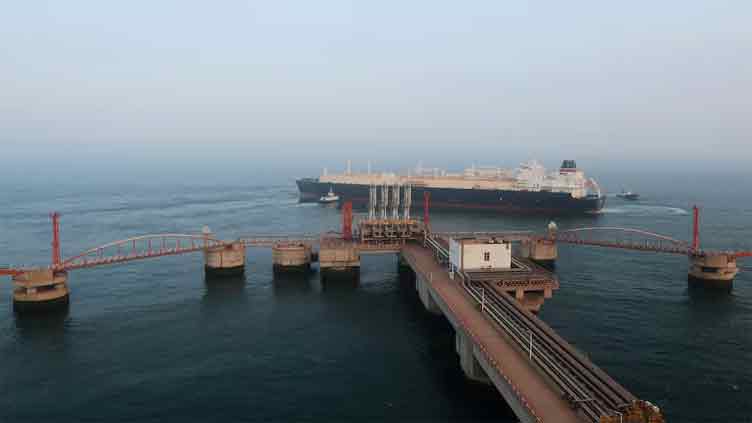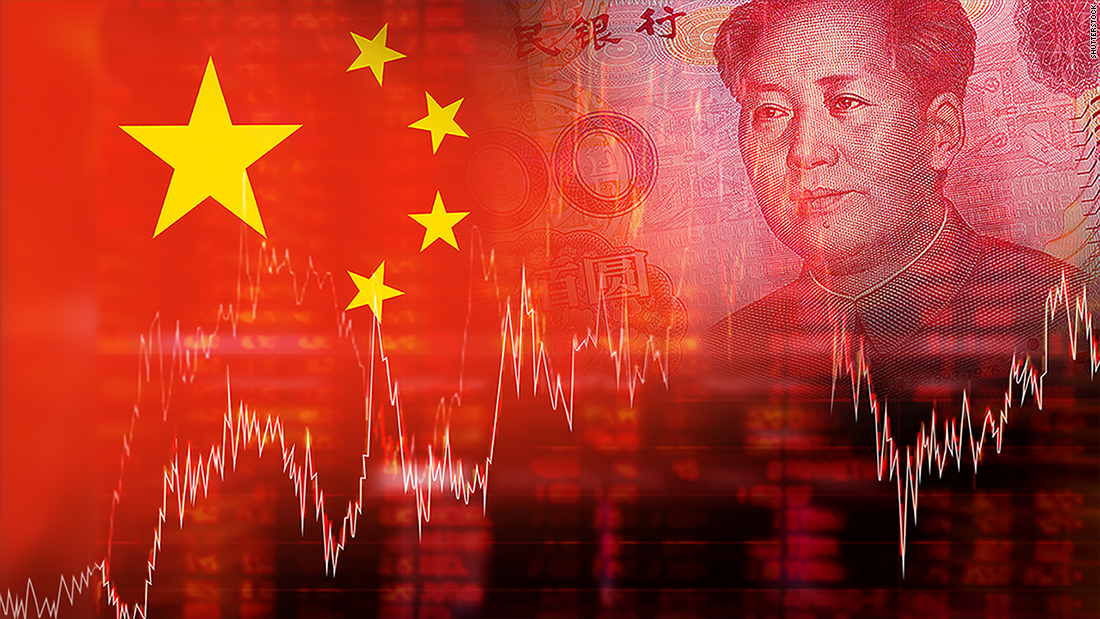Price-sensitive liquefied natural gas (LNG) buyers in China, India, and parts of Southeast Asia are seizing the opportunity to acquire more spot shipments of the fuel.
This surge in demand comes as LNG prices have plummeted to their lowest levels in nearly three years, compelling industries and electricity generators to stock up.
Analysts suggest that this price-driven demand revival could propel LNG imports by China, the world’s largest buyer, beyond the record volume of 78.8 million tonnes in 2021.
Additionally, India’s imports may rise by approximately 10% this year. Such an increase in demand from these key players could tighten global supplies and potentially drive prices upward.

In the first quarter of this year, spot LNG imports by Asian buyers surged by nearly a third, amounting to 161 cargoes. This contrasts with 125 cargoes during the same period in 2023 when prices averaged US$18.75 per million British thermal units (mmBtu).
Various companies are capitalizing on the favorable prices. Thailand’s Gulf Energy Development received its inaugural LNG cargo in February, while China Resources Gas, listed in Hong Kong, is set to receive its first shipment in March.
PetroVietnam Gas has also sought two spot shipments for delivery from April, following its receipt of Vietnam’s first LNG cargo nine months earlier.
Ryhana Rasidi, an LNG analyst at data analytics firm Kpler, noted the increased frequency of buy tenders, particularly from price-sensitive markets like India, Vietnam, and China. This trend is expected to bolster whole Asian LNG demand for the year.
Despite the recent boost in spot buying, global gas markets have been grappling with ample supply due to weaker-than-expected demand.
Mild winter conditions and high stockpiles in the United States, Europe, and Japan have contributed to this surplus. Asian LNG prices dipped to US$8.30 per mmBtu earlier this month, marking their lowest levels since April 2021.

India’s energy ministry official, Pallavi Jain Govil, highlighted that LNG prices below US$11 per mmBtu are competitive, signaling India’s commitment to doubling gas in its power mix over the next six years. India’s LNG imports are expected to increase by two million to three million tonnes this year, driven mainly by spot purchases.
The LNG market has evolved significantly, with the spot market now accounting for approximately 35% of global trade, up from just 5% in 2000.